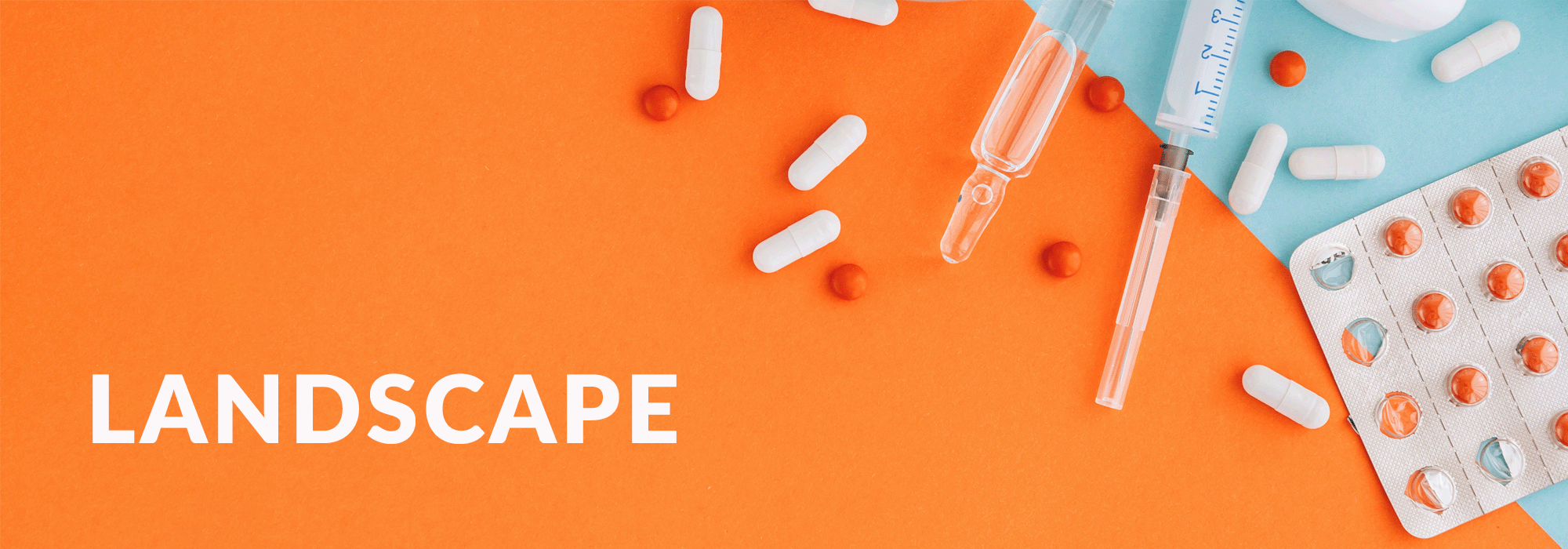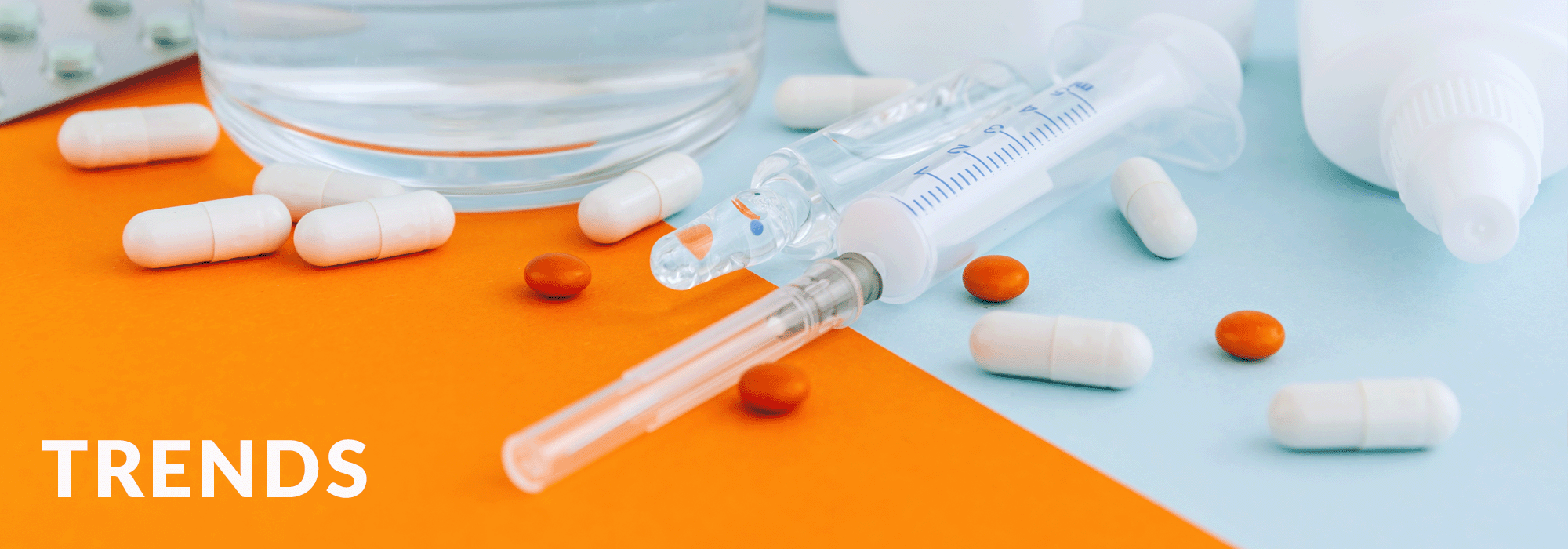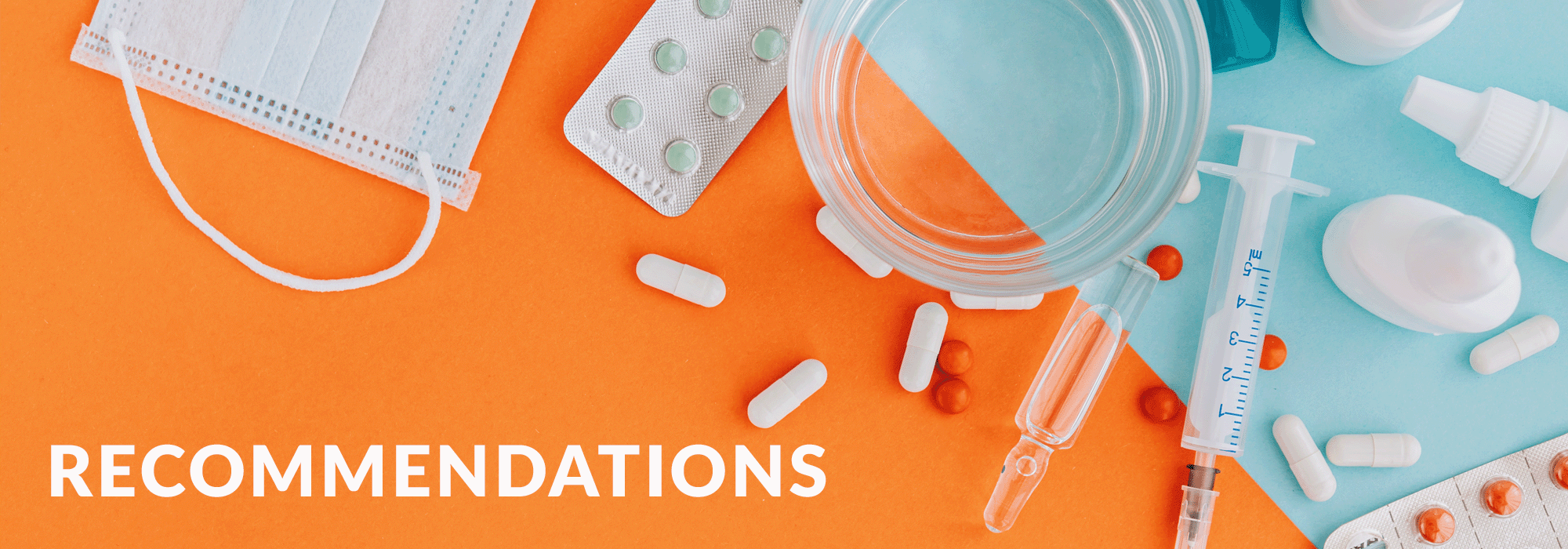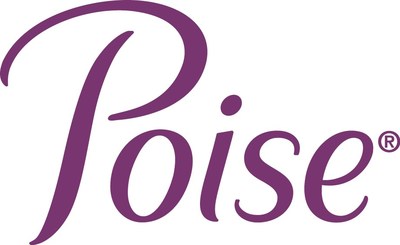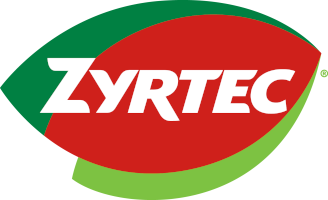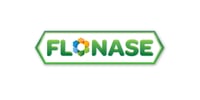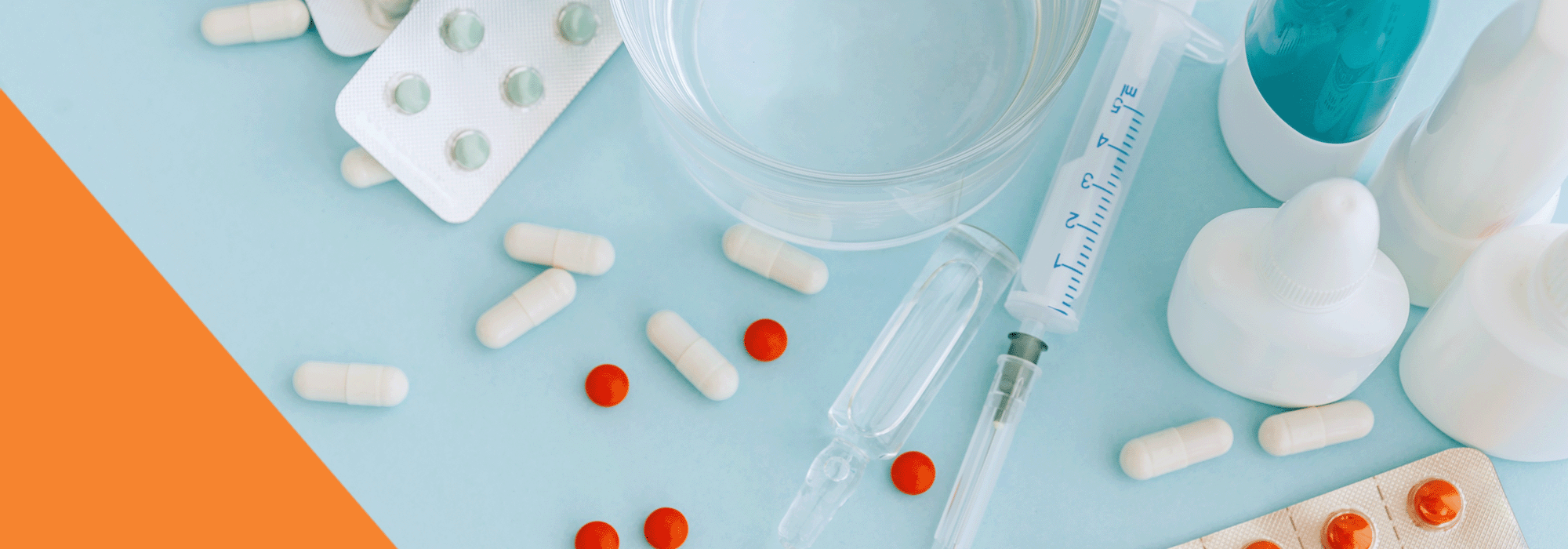As healthcare costs rise, consumers are increasingly turning to over-the-counter (OTC) options to treat ailments and injuries. Until now, OTC pharmaceutical marketing brands had to navigate a maze of regulatory complexity that told them how to package and market OTC products. But thanks to changes in regulation and a growing number of pharmaceutical drugs switching from a prescription model, the OTC pharma market is booming.
With an eye on the key trends in the OTC pharma market, we’ve put together some pharmaceutical marketing strategies to help your brand and pharmaceutical marketing agency partners promote their products more effectively!


